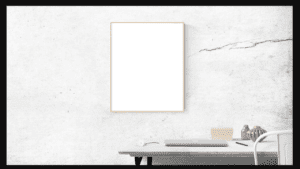Whether it is easy or difficult to get rid of termites depends on 4 important factors.
- Type of Termite
- The duration of infestation
- Techniques adopted to control termites and
- Climate
How fast the infestation will spread and the extent to which it will spread depends on the type of termite.
There are mainly three types of termites, their ability to spread infestation and cause damage is different from each other.
Out of the three types of termites, which can be easily controlled and which ones are hard to get rid of, here we will know.
Duration of termite infestation also plays a major role in termite control the longer the infestation, the more difficult it will be to control it.
But don’t worry, I will tell you some such early signs which can be easily identified even with inexperienced eyes and you can prevent the infestation at an early stage.
It also matters a lot which technique you are using to prevent termite infestation, if the right technique is used, you can easily destroy even the largest infestation.
Here I will tell you all the techniques that you can easily use yourself to get rid of termites without hiring a professional.
In the end, we will talk about how climate also plays an important role in termite control.
Subterrenean termites Vs Drywood Termites Vs Dampwood Termites
As I mentioned earlier, mainly there are three types of termites:
- Subterranean termites
- Drywood termites
- Dampwood termites, and
We will compare these termites on the basis of the four factors given below and know which type of termite is easier to get rid of.
- Size of Infestation: Colonies of subterranean termites are comparatively larger than Drywood and Dampwood Termites. And the bigger the colony, the more difficult it will be to get rid of it.
2. The extent of the damage: Subterranean termites have the potential to hollow out and demolish the entire foundation of your home. Drywood and dampwood termites only damage the wooden furniture and other wooden objects.
3. Identification of Signs: Subterranean termite infestations are comparatively easier to detect. The most common sign is the presence of mud tubes.
Drywood and dampwood termites are a bit difficult to spot. Because they live inside the wood and come out only when there is not enough space and food left in the existing colony.
Their common signs include dead swarmers, hollow-sounding wood, and the presence of fecal pellets.
All three types of termites can do a lot of damage to your home, but if their signs are caught at an early stage, it is very easy to get rid of them.
Duration of The Infestation:
However, termites spread their infestation very quickly and within a few days or weeks their number multiplies up to 10 times.
Most pest control experts believe that termites can cause extensive damage if left untreated for 3-8 years.
Once they spread in large quantities, you have to spend a lot of money and effort to get rid of them. And according to many estimates, termites in the US cause billions of dollars of damage every year.
The point is that the sooner their signs are recognized, the sooner they can be dealt with.
Some Early Signs to Identify the Infestation of Termites:
Mud Tubes:
Early signs of subterranean termites include the appearance of mud tubes. These termites come out from under the ground through mud tubes and carry the wood lying in your house to their colony.
Mud tubes are not necessarily visible in your home, they can also be around your garden and potted plants. As soon as you see this sign, you have to get ready for its treatment immediately.
Swollen Wood Surface:
This is the most important sign of detecting infestation of drywood and dammpwood termites.
When termites make their nest in wooden objects, they collect moisture from their excrement in that place, causing the surface of the infested wood to swell.
Smell of Mold and Mildew:
This early sign is also very helpful in detecting dampwood termite infestation. Dampwood termites mostly infest moist places, and when their excreta also accumulates at the site of infection, it mixes with the moisture and starts to smell.
These three are the main early signs to recognize the infestation of these three species of termites. Whenever you see these signs, do not ignore them.
Techniques Adopted to Control Termites:
Whether or not you can easily get rid of termites also depends on the method you are using.
If you detect a termite infestation at an early stage, you can get rid of them with natural methods, but if the infestation is rapidly increasing then you must opt for professional help.
Boric acid works best among natural methods for getting rid of drywood termites. It kills the termites sticking to the wood fibers.
If the infestation is on your potted plants, the baking soda method works best in natural methods and won’t harm your plants.
When you see termite infestations in walls, ceilings, or floors, you should be careful because then the infestation is on a large scale and can cause huge damage.
How Climate Plays an Important Role in Termite Control:
Termites mostly spread their infestation in warm and humid climates. Especially in such weather, you should take precautions to protect against termites.
For example, if you live in a very humid area, you should repair leaks and cracks from time to time, do not store old trash, newspapers or cardboard in the house, replace or repair old or damaged furniture, and If possible, use a dehumidifier.
There is a possibility of infestation of termites in winter but it is less and then it is also a little easier to control but in humid climate it becomes a bit difficult to control their population.
Conclusion:
I think by now you must have understood how hard it is to get read of termites?
You have to take care of some important things, if you get any of the above mentioned early signs, then do not ignore them.
Especially in humid and warm climates, you should be careful and do not allow moisture to accumulate anywhere in your home.

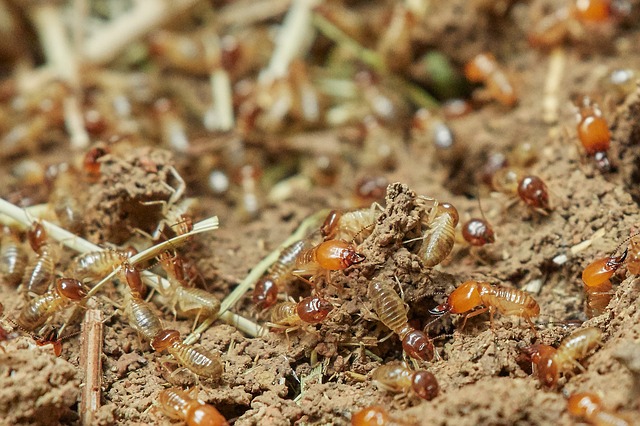
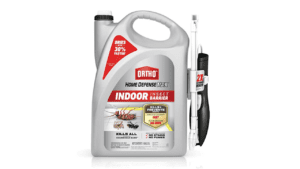
![Read more about the article Do Termites Eat Particle Board? [Read This Before Buying]](https://bugssolution.com/wp-content/uploads/2021/12/do-termites-eat-particle-board-6-300x169.png)
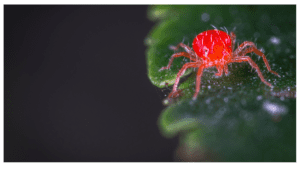
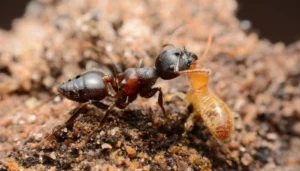
![Read more about the article Will Bleach Kill Termites? [Some Important Things to Know]](https://bugssolution.com/wp-content/uploads/2021/08/will-bleach-kill-termites-2-1-300x169.png)
